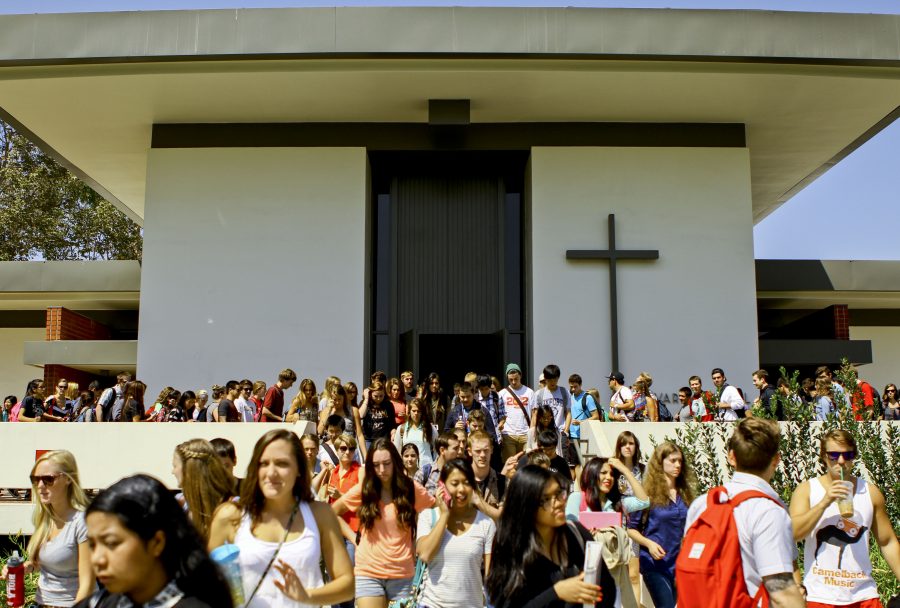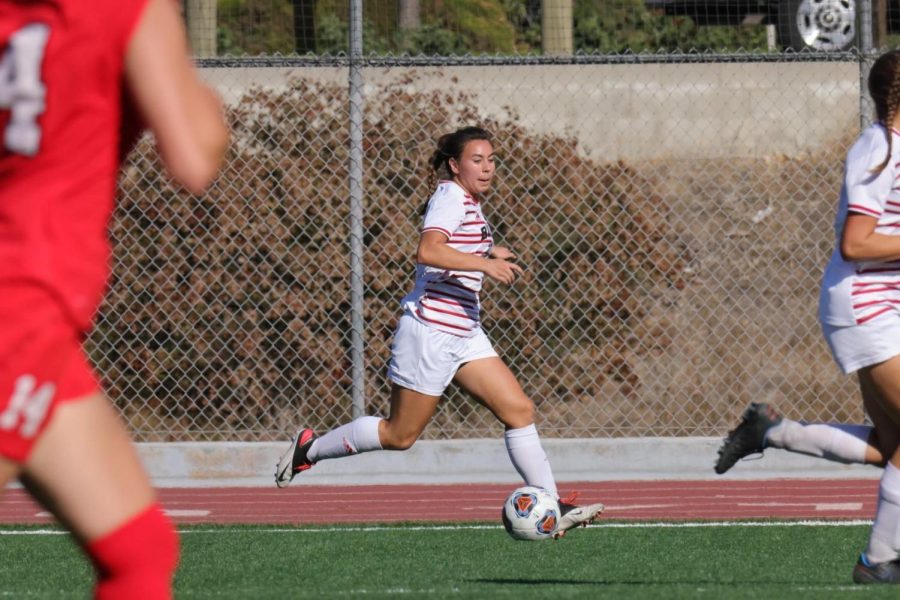I arrived two hours prior to the start of the event. The crowd gathered and the numbers grew larger and larger. My emotions started to intermingle: I did not know what to feel or think. I was looking at the crowd as if I was searching for someone or something, but I realized that I was looking for someone like me: an Asian-American.
Defined versus Identified
I come from a first-generation Korean immigrant family. Growing up, I have encountered many identity crises, but recently, I have come to the revelation that I am not an American. I am not a Korean, either. I am a Korean-American. The United States is special because it allows fluidity between the two heritages. I am defined as an American, but identified as a Korean.
We are all defined as American, but we all have our own identities that make us who we are: Christian, Muslim, LGBTQ, African-American and so on. This amalgamation of identities is what makes America a beautiful country, and to preserve that beauty I decided to march in the “Free the People: Immigration March” on Feb. 18, 2017.
The March
Since Donald Trump took the presidency, there have been multiple protests and marches against him and his administration’s policies. This event’s Facebook event description talked about the repercussions of Trump’s inauguration such as the exacerbation of raids, the Muslim ban, hate crimes and so on, in addition to how the minority has become marginalized. The organizers invited and encouraged everyone to join and unite around those that are being attacked and elevate the voices of those who have been neglected by society. The purpose of this march was to make Los Angeles a sanctuary city where people defend and protect one another and uphold the human dignity inherent to everyone.
Around 11 a.m., people started gathering around Pershing Square in Downtown Los Angeles.
The majority of protestors were people of color, specifically of Hispanic heritage. Children were present at the march because their parents are immigrants, and white Americans were present because their friends were of color. One protester stated diversity is the core of this country and he could not see himself living here without his wide variety of friends who come from different backgrounds and ethnicities.
Many people held up homemade signs stating “Immigrants Make America Great,” and “We Stand United.” I noticed the majority of the signs were inspiring words instead of profanity. While marching, people chanted “No ban, no wall, sanctuary for all.”
The march led to City Hall where everyone gathered to hear different speakers. Those giving speeches were organizers of the march and also personally impacted by Trump’s policies on immigration. The speakers stated they will take action, they will not comply, they will not be silenced and they will resist and survive.
Disappointment and Shame
In the midst of the crowd, I was looking for people like me, an Asian-American. Yet, I could count with my two hands the amount of Asian-Americans I saw. Why was it that other ethnicities took action on the field while we stood on the sidelines? We are all equally affected, yet we do not have the same response.
No wonder we are called the quiet minority. Not only are we defined as quiet, we are described as the model and “good” minority. “Good” minorities know their place and do not challenge the existing system. But what if the existing system is a failing one?
Being the model and the “good” minority are both compliments, but what price are we paying for them? We should not have to compromise our constitutional rights. Just like our brothers and sisters from different races and ethnicities, we should speak out and resist. Because in the end, we reap what we sow.







